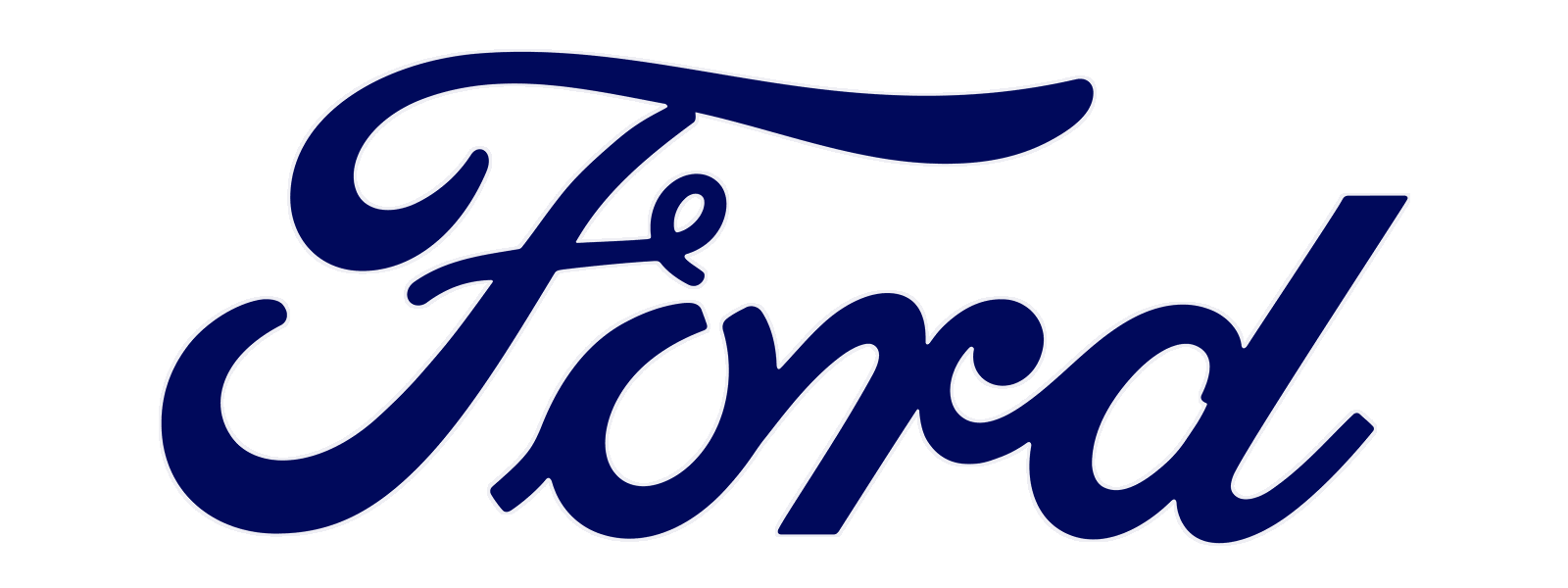
The famous brick-building toy company joined forces with F1 last year to produce a range of new sets targeting several different segments of the market.
There are Duplo kits for the younger kids, Lego City models for those a little older, the Speed Champions range that offer a more authentic representation of each team, and the Icons range for the ‘older’ kids.
“Those are very much focused on the adult audience- that’s why we like them so much,” Lucas Vizcaino, Lego’s global head of product, told Speedcafe.
“It’s part of the sport, it’s part of the passion.
“We know that the new generation of fans, and also the new fans that are grown ups, maybe that don’t know the history of F1, but it’s beautiful to bring it to life.”
But selling kits to adult F1 fans is far from the end game for Lego.
In 2023, well before the F1 deal was announced, it enjoyed a net profit of AUD $3 billion showing that the Danish company doesn’t need the world’s largest motorsport property to perform well.
However, by engaging with the sport it is looking to continue building its community, engaging with existing fans and allowing new audiences to experience the product.
“We love to connect with our audiences,” Vizcaino said.
“The opportunity of having this experience here is mostly trying to bring something for the kids and families that are coming to the Grand Prix.
“It’s quite grown up in focus, a lot of what is happening at the Grand Prix, and we thought it was a great opportunity to just bring our brand and bring an experience with that.”
Lego will have a physical presence at 21 events this year, with an experience and a store at 14 of those and just a store front at the remainder.
In Melbourne, it boasted both, with its kits the most reasonably priced merchandise on offer – a team cap ran in the region of $120.
Lego could have priced gouged but chose not to, generating further goodwill for the brand.
And that’s ostensibly what the partnership is about.
It has developed a tiered product line that it is activating at events, offering parents with young kids a distraction while reinforcing its position in the market as a wholesome, trusted brand.
The relationship isn’t about demographics, Lego has most of those covered already, it’s an investment in its own image while joining forces with one of the world’s most visible sporting competitions for a healthy helping of traditional brand recognition marketing.
It’s on brand, too. Lego has long had an association with cars and even Formula 1.
“We’ve always had a history and a story with vehicles and cars, that’s not new,” explained Vizcaino.
“We did a few Formula 1 cars in partnership with the teams but F1 is an amazing show.
“It’s attracting more and more audiences, but also younger audiences and kids, so we wanted to bring that passion to life for kids all around the world.
“It was a great synergy.”
Lego’s F1 range covers all 10 teams, something the Hot Wheels relationship did not with Aston Martin and Ferrari absent from its range.
There were no such qualms for Lego, which already had relationships with both brands helping it translate that into a league-wide deal.
The move away from individual deals comes through a desire to tell a more complete story.
“When you look at the Lego City products, it’s not just the cars, it’s the whole world of F1,” said Vizcaino.
“You have the garages, you have the pit stop, the truck that delivers the cars to the race track, it’s just the whole world.
“This is why it’s so fascinating for kids and for us.”
It was a first for Lego, which had never included other companies or fandoms in its City range previously.
The relationship is underpinned by the product range itself, which spent two years in development and saw Lego working intimately with each and every team on the grid.
For the Speed Champions range, all 10 cars are unique – not just in terms of the colours but also the fundamental design with car each brandishing its own characteristics as in the real world.
And this is only the start, with Lego having signed a long-term partnership with Formula 1 that, according to Vizcaino, has “quite a few things coming in the pipeline, both from our product perspective in the coming years, but also marketing-wise.
“There are so many other things that we can tap into, and that is the direction,” he added.
“It’s not just the focus on the cars; yes, it is in year one, but as we move forward we want to connect with you in a broader spectrum.”
Part of that looks set to be regionally targeted kits, though Vizcaino refused to give details beyond underscoring that Lego will “have a few surprises” for fans.
It all feeds into a broader strategy designed to enthuse and engage, while selling a few kits along the way, as Lego reinforces its position in the market as a fun, accessible brand for all ages.




















Discussion about this post